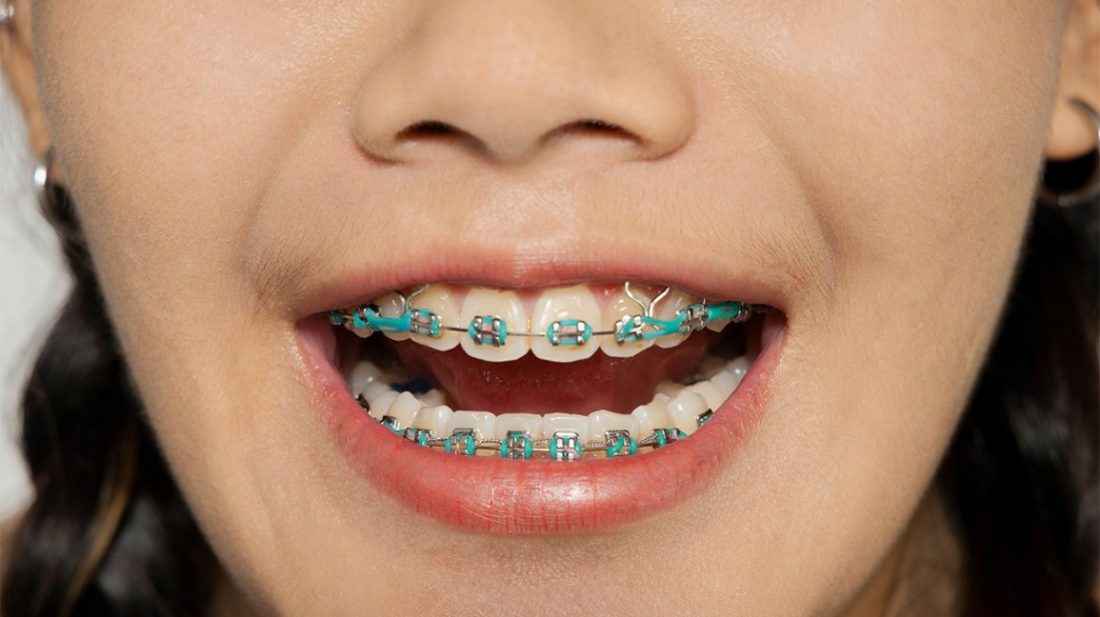Braces are normal for many tweens and teens, but they don’t come cheap. Saving up for braces can be just as daunting as putting away money for college or retirement. Between general living expenses, bills and allowance, you might find yourself losing sleep wondering how you’re going to cover the cost of your child’s dental care.

There are a few ways you can go about getting money to pay for the dental bill. The average cost of braces for a child ranges between $5,000 and $7,000. That could take years to put away for some, precious years that their child’s teeth don’t have to avoid permanent damage. The shocking reality for many parents and adults who need corrective treatments is that the majority isn’t covered by insurance. Because this is largely a cosmetic procedure, braces must be paid for on a financing plan with your child’s orthodontist or directly out of pocket. Below are three suggestions to help you find ways to pay for your child’s braces without going into debt.
Ask Your Orthodontist About Payment Plans
Dentists know how expensive it is to cover the cost of orthodontic treatments. Many professionals offer financing options through their office that allow you to pay for your child’s care in installments. If financing is available, make sure you discuss whether or not you need to pay a down payment, what percentage of the bill it is and how much, if any, interest is applied to your final balance. Many offices will allow your child to receive care for a relatively affordable initial payment, usually around $200 to $250. Make sure you do some comparison shopping and ask at least two different orthodontists for quotes. You might find one offers amazing care for an even more affordable price.
Take Out a Personal Loan
Private loans are accessible ways for people to cover healthcare and dental services that their insurance doesn’t cover. Private lenders give you the power to choose the best lender for your budget and needs. With flexible repayment schedules and varying interest rates, you can get a quote for your child’s care and find a loan that allows you to cover the necessary portion or all of it in full. A personal loan also helps you come up with the needed funds quickly, which can make all the difference when you’re arranging long-term orthodontic care.
Use a Flexible Spending Account
If your employer offers an FSA with your group health insurance, you could use it to allocate money each month for your child’s treatments. FSAs and health savings accounts (HSAs) allow you to put pre-tax funds toward you or a dependent’s medical/dental care. The maximum contribution limit in 2021 is $2,750, and they generally have to be used by the end of the year. Policies vary by employer and plan, so speak to your company’s HR department about your options. If you have a partner and both of you are eligible to use an FSA, this could easily cover the first year or two of braces colors. Depending on the duration of your child’s treatment, this may be all you need to fully cover the cost of their care.



